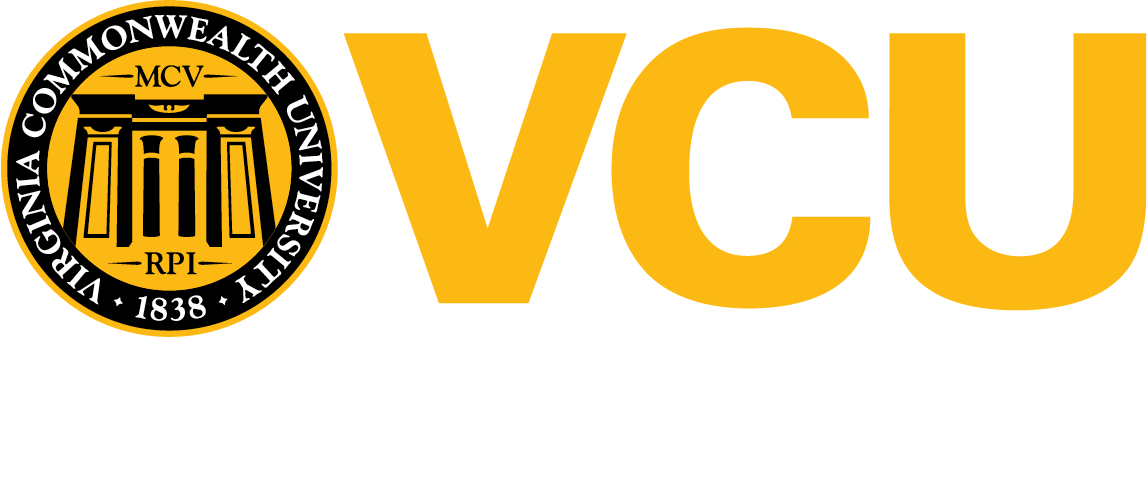Giving Feedback Online
Giving student feedback in an online environment is as important as the course design itself. Students want to feel heard and know that their work is being reviewed. Feedback is also a way for students to learn from their missteps and grow their learning throughout a course.
You should consider a specific feedback plan for your course and share that plan with your students at the beginning of the term, either as part of your syllabus or somewhere in your course orientation materials.
Below are some questions to consider when forming a feedback and communication plan.
How often should you post class announcements?
In general, you may want to post announcements to the entire class once or twice a week. Fewer than this and students may feel out of touch; too many more and students may be overwhelmed.
Many instructors choose to send out an announcement introducing the beginning of each week or module. In these announcements, you might highlight material covered for the week or remind students of upcoming due dates.
You might also post additional announcements throughout the week depending on student engagement and completion of the week’s material. For example, if you notice many students making the same mistakes on an assignment, you might create an announcement reminding students to review a particular concept.
How quickly will you respond to emails from your students?
While it is certainly not necessary to respond to all student emails immediately, you should try to let students know how long it generally takes to get a response from you. For example, you might state that students will hear back from you within 24 hours.
How quickly will you provide feedback for learning activities and assessments?
Communicate to students how you will be delivering feedback to them and how quickly they can expect work to be graded. Will activities be graded within two days? Within a week? Two weeks?
Rubrics are also a great way to give meaningful feedback to students, without finding yourself bogged down by the amount of time it takes to grade. The key is to make a detailed rubric well ahead of time and share this with students so they know how you will be assessing the assignment.
Do students need timely feedback on one assignment before they can move on to the next?
In some cases, you may need to grade one assignment before students can move on to the next assignment or next part of an assignment. In this case, it may be necessary to have an assignment graded more quickly than usual. It’s important to plan for this within your grading load so that students can have this valuable feedback.
What assignments require individualized feedback from you and which, if any, will be auto-graded?
Make a plan for which assignments require you to give personalized feedback and which can be automatically graded. For longer, intensive assignments–like an essay, for example–you may want to give students detailed, individualized feedback. However, for some assignments–like short knowledge-check quizzes–you may want to provide students with automatic feedback. In your Learning Management System (LMS), you can set up some assignments to give automatic feedback, or you may be able to use a library of pre-filled comments.
Both of these types of feedback may be appropriate, and it’s up to you to decide which will work in which circumstances.
Additional Resources:
These two articles provide strategies for giving students meaningful feedback:
- 5 Research-Based Tips for Providing Students with Meaningful Feedback
- 20 Ways To Provide Effective Feedback For Learning
Hungry for more?
Please check out our website for more details about course and support services. For any other questions please contact onlinefaculty@vcu.edu

